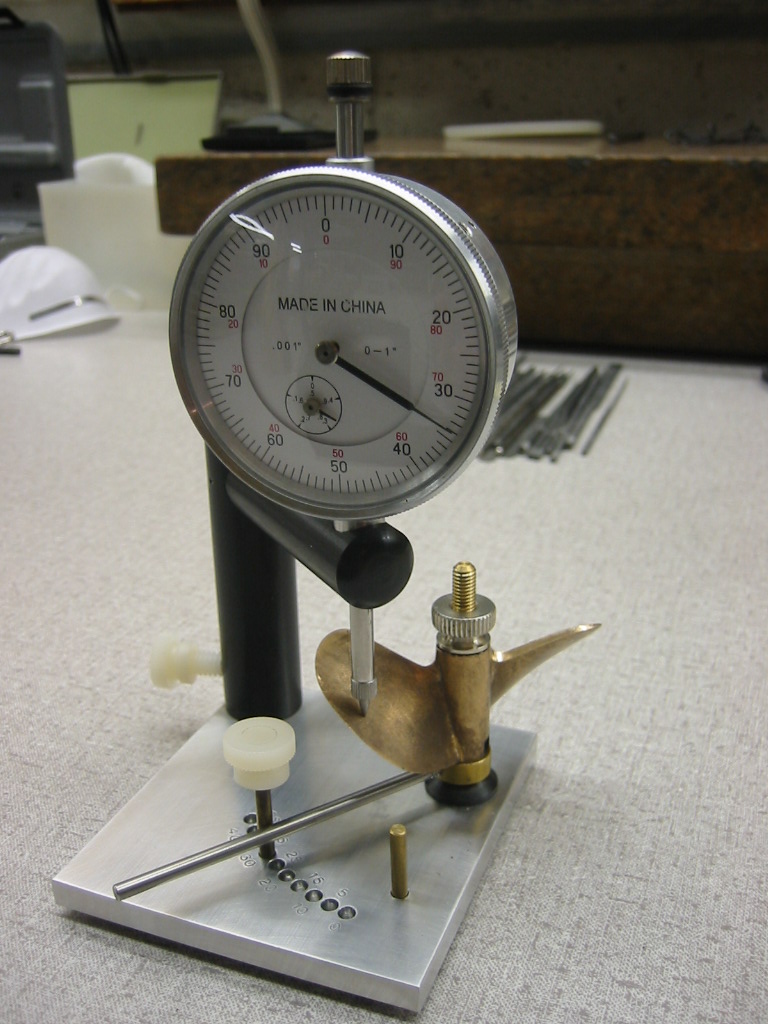- Joined
- Nov 2, 2002
- Messages
- 2,662
Terry,
As I understand it the LE pitch is pretty much as fast as you can go for a certain RPM, but unless the pitch progression and blade area is well matched to the load of the boat at speed then the speed will be less than the LE pitch. Maybe you need more cup? Andy Brown recently suggested the limiting pitch is actually the LE pitch on the back face of the prop, which will be less than on the face of the prop, and this makes sense to me. Another good reason for thin and sharp LE!
As I understand it the LE pitch is pretty much as fast as you can go for a certain RPM, but unless the pitch progression and blade area is well matched to the load of the boat at speed then the speed will be less than the LE pitch. Maybe you need more cup? Andy Brown recently suggested the limiting pitch is actually the LE pitch on the back face of the prop, which will be less than on the face of the prop, and this makes sense to me. Another good reason for thin and sharp LE!
Last edited by a moderator:












































